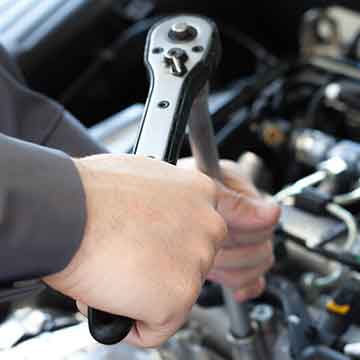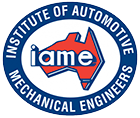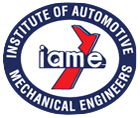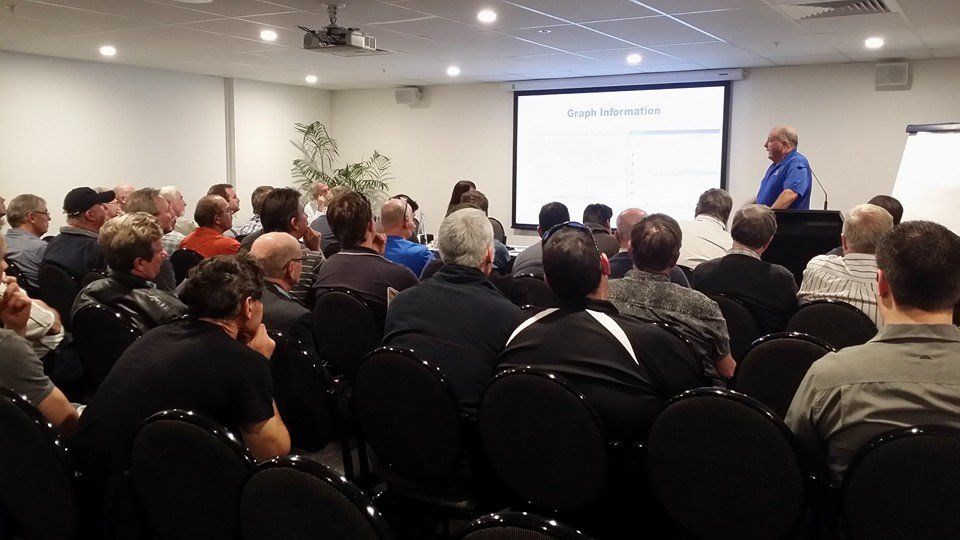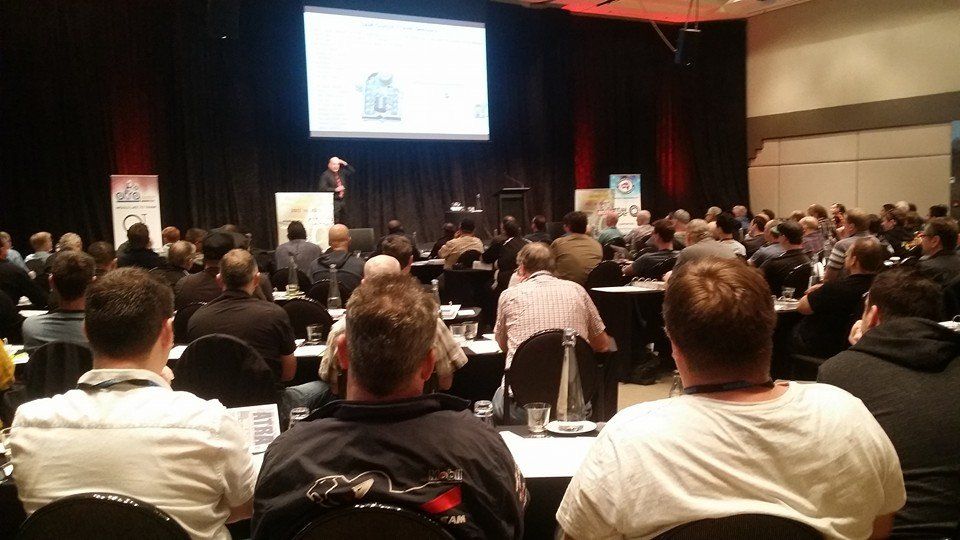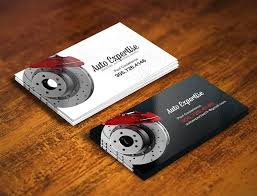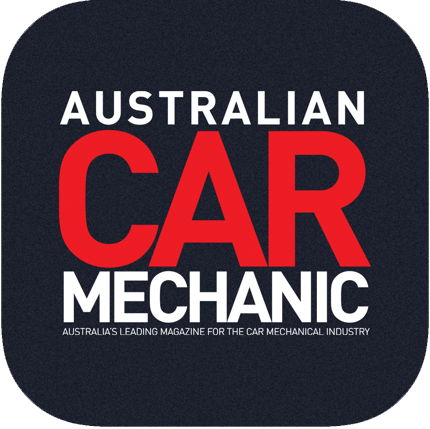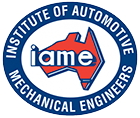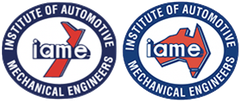by Antonella Abbate
•
13 December 2024
Electric Vehicles: A Year of Breakthroughs The electric vehicle sector in 2024 has been defined by improvements in battery technology and charging infrastructure: Solid-State Batteries : Solid-state battery technology finally moved beyond the prototype phase, with several manufacturers incorporating it into production vehicles. These batteries offer higher energy density, faster charging, and longer lifespans compared to traditional lithium-ion batteries. For example, Toyota and QuantumScape unveiled vehicles featuring solid-state batteries, boasting up to 1,000 kilometres of range on a single charge. These developments promise to reshape consumer perceptions of EV viability, particularly in regions with sparse charging infrastructure. Charging Networks Expansion : Major investments in EV charging networks have addressed range anxiety for EV owners. Governments and private companies collaborated to install ultra-fast chargers capable of delivering 400 km of range in under 15 minutes. Europe saw a 25% increase in charging points, while the U.S. rolled out a national plan to connect underserved rural areas with high-speed EV chargers. The rise of wireless charging systems also gained traction, making EV ownership more convenient than ever. Affordability : The introduction of more affordable EV models has democratized access to electric mobility, especially in emerging markets. Manufacturers like BYD and Tata Motors released sub-$20,000 EVs, targeting price-sensitive markets. Subsidies and tax incentives from governments worldwide further boosted EV adoption, with global EV sales surpassing 20 million units for the first time. Autonomous Vehicles: Slow but Steady Progress While fully autonomous vehicles (Level 5) remain a future goal, 2024 witnessed: Level 3 Autonomy Expansion : Vehicles with Level 3 autonomy—allowing drivers to disengage under certain conditions—were introduced by manufacturers such as Tesla, Mercedes-Benz, and BMW in select markets. Mercedes’ Drive Pilot system, for instance, enabled hands-off driving on specific highways in Germany and California. These systems provided enhanced safety and convenience, though regulatory approval remained a hurdle in several countries. Advanced Driver-Assistance Systems (ADAS) : The proliferation of ADAS features, such as predictive collision detection, automated lane changes, and intelligent parking assistance, became standard across various vehicle segments. Mid-range and even entry-level models benefited from these technologies, reducing accident rates and enhancing driver confidence. Regulatory Milestones : Governments in countries like Germany and Japan established clearer guidelines for testing and deploying autonomous vehicles, setting the stage for future advancements. Meanwhile, China’s smart city initiatives integrated autonomous shuttles into public transport systems, providing valuable insights for other nations to follow. Sustainability Beyond Electric The push for sustainability in 2024 extended beyond electrification: Hydrogen Vehicles : Hydrogen fuel-cell vehicles saw renewed interest, with Toyota and Hyundai leading the charge. Heavy-duty trucks and buses increasingly adopted hydrogen power, leveraging its quick refuelling times and zero emissions. Hydrogen production from renewable sources also increased, making it a cleaner alternative. In Europe, the "Hydrogen Highway" initiative expanded to connect major cities with refuelling stations. Recycled Materials : Automakers incorporated recycled and bio-based materials into vehicle manufacturing, reducing the industry’s carbon footprint. BMW’s iVision Circular concept showcased a car made entirely from recycled components, setting a benchmark for sustainable design. Circular Economy Practices : Innovations in end-of-life vehicle recycling and battery repurposing emerged as key strategies to manage waste sustainably. Companies like Redwood Materials led the charge in recycling used EV batteries into new ones, creating a closed-loop system that minimized environmental impact. Connected Cars and Digital Transformation 2024 marked a leap forward in connectivity: Vehicle-to-Everything (V2X) Communication : V2X technology became more prevalent, enabling vehicles to communicate with each other, infrastructure, and pedestrians, enhancing road safety and traffic efficiency. Smart intersections, equipped with V2X-enabled traffic lights, reduced congestion and accidents in urban centres worldwide. Subscription-Based Features : Automakers increasingly adopted subscription models for premium features like advanced navigation, infotainment updates, and performance enhancements. BMW’s subscription model for heated seats and adaptive cruise control sparked debates about consumer acceptance of pay-per-feature systems. Cybersecurity Focus : With growing connectivity came a heightened focus on automotive cybersecurity. Automakers invested heavily in safeguarding vehicle data and systems against cyber threats, employing blockchain technology and AI-driven monitoring tools to prevent breaches. The industry’s collaboration with tech giants like Google and Microsoft further reinforced its defences. Predictions for 2025 Looking ahead to 2025, the following trends are poised to shape the industry: Widespread Adoption of Solid-State Batteries : As production scales, solid-state batteries are expected to become the new standard for EVs, further reducing costs and improving performance. Automakers aim to launch mass-market models with this technology, bringing unprecedented range and safety benefits to consumers. Expansion of Hydrogen Ecosystems : Hydrogen refuelling infrastructure will grow significantly, especially in regions focusing on heavy-duty and commercial vehicles. Collaborative efforts between governments and energy companies will accelerate the deployment of hydrogen solutions, particularly in Asia and Europe. Level 4 Autonomy Trials : Pilot programs for Level 4 autonomous vehicles (operating without driver intervention in controlled environments) will likely expand in major cities worldwide. Logistics and delivery services will pioneer these advancements, optimizing last-mile delivery systems. AI Integration in Vehicle Design and Manufacturing : Artificial intelligence will play a larger role in optimizing vehicle design, production processes, and even personalizing the driving experience through machine learning. Predictive maintenance systems will ensure vehicles remain in peak condition, enhancing durability and reducing downtime. Carbon-Neutral Manufacturing Goals : More manufacturers will commit to carbon-neutral production, leveraging renewable energy sources and innovative materials. Tesla’s gigafactories and Volvo’s climate-neutral plants are expected to set benchmarks for the industry. Conclusion The automotive industry in 2024 has demonstrated that innovation and sustainability are not just aspirations but realities. As we move into 2025, the journey toward a cleaner, safer, and smarter future continues. With advancements in electrification, autonomy, and connectivity, the next year promises to bring even more transformative changes, redefining how we move and interact with our vehicles.




